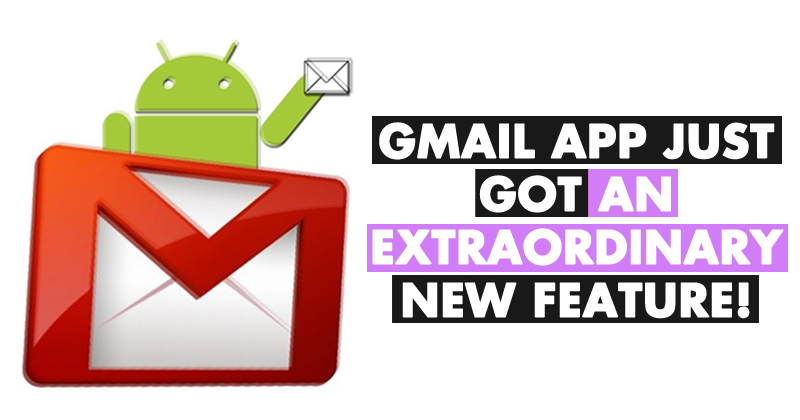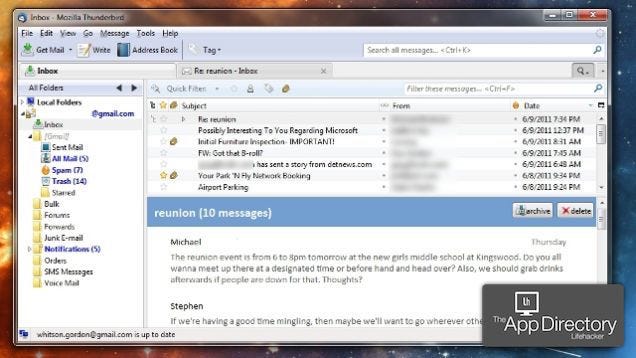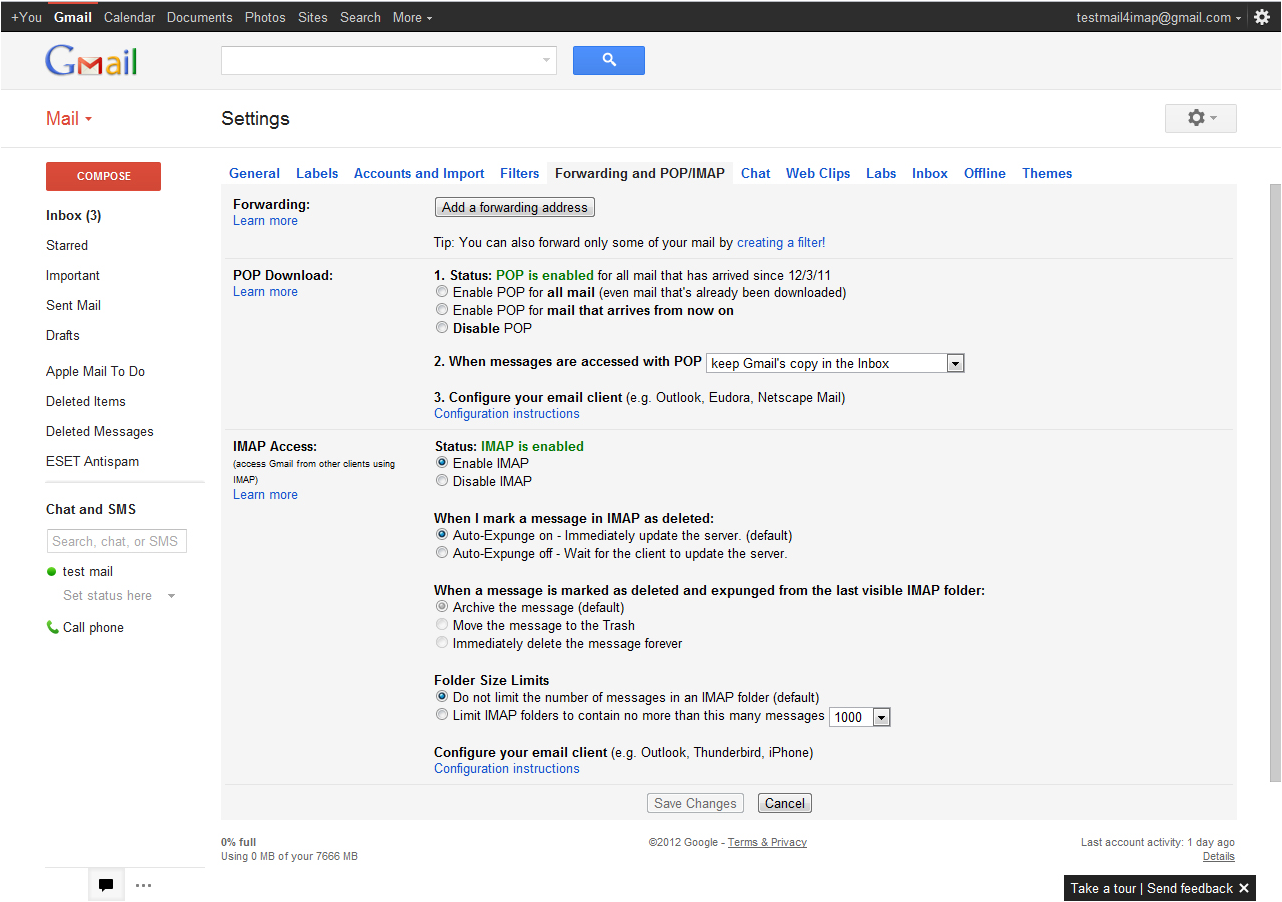
Easy to run out of inbox space if you never delete emails or have small storage.Folders on the server can get duplicated if not set up properly.Compatibility: if your server supports IMAP, it most likely supports POP3.


All messages, including sent messages, are saved on the server. For this reason, IMAP supplanted POP3 and has largely made it obsolete. This allows you to have the same email experience between devices because all your email (incoming and outgoing) are stored directly on the server, rather than downloaded directly to your computer. It has all the functions of POP3, but also has one major benefit that matters to most users: email syncing between multiple devices. IMAP (Internet Message Access Protocol) is the second major iteration of how people access their email – and also the most popular today. If you access your mail on different devices, you’ll see different emails depending on what was downloaded to which device.When a message is sent, there is no server copy.When a message is downloaded, it is removed from the server (if you save messages to the server, you may end up downloading the same email multiple times).Universal adoption – supported by virtually all devices.The downloaded email is then deleted from the server (though, most clients have a setting to prevent this).

A POP-based email service is simple: your email client (such as Outlook, MacMail, or Thunderbird) connects to the mail server and then downloads your emails directly to the computer. POP3 (sometimes just “POP” – Post Office Protocol, version 3) was the first major email protocol that garnered universal adoption when the Internet became pervasive in the 1990s.

Before you can decide which to use, it’s important to understand the differences between the three major ways email gets delivered to your inbox as well as the pros and cons of each service.


 0 kommentar(er)
0 kommentar(er)
